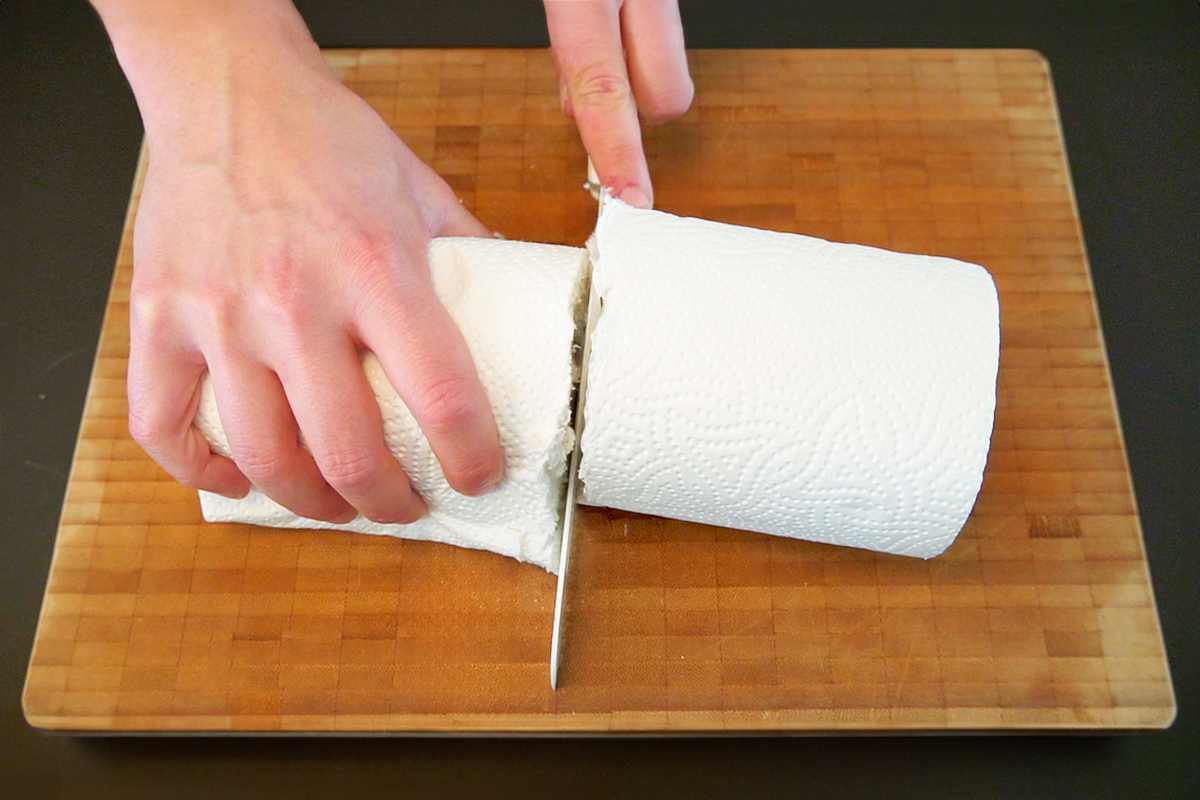As recently as 20 years ago, the thought of lasering your face in the name of beauty likely seemed absurd. These days, however, laser treatments are commonplace — so much so that those looking to refresh their skin have a whole menu of options to choose from, ranging from light to very intense.
One of the latest developments in laser resurfacing is the Halo laser, which board-certified dermatologist Omer Ibrahim, M.D., FAAD describes as a “hybrid fractional laser.” The treatment uses both ablative and non-ablative wavelengths (ablative lasers remove the top layer of skin, while non-ablative lasers work by heating up the underlying tissue). This enables the laser to target surface-level skin concerns while stimulating collagen production deeper down. Dr. Ibrahim notes that it’s used to “help treat the effects of photoaging, including tone, texture —pores and acne scars — rosacea, age spots, and hyperpigmentation.” It can also boost radiance, he adds. Amongst enthusiasts, the skin-brightening effect is known as the “halo glow”.
All of those benefits come with a pretty hefty price tag: In Chicago, where Dr. Ibrahim practices, a single session can cost anywhere from $1,500 to $3,000, depending on the area being treated. Moreover, you’ll likely need to undergo more than one session. “Typically, patients need at least two to three sessions for long-lasting results,” Dr. Ibrahim says. If you’re looking to resurface, for example, your face, neck, and décolletage, your total investment could easily exceed $10,000 when all is said and done. The treatment also requires a bit of downtime. Dr. Ibrahim notes that you’ll likely experience some redness and minor swelling for a day or so, though your skin should be (mostly) back to normal within five days.
So, is it worth it? That depends on your skin goals and how much money you’re willing to spend. There are plenty of laser treatments that provide similar (albeit less dramatic) results without as strong a strain on your wallet. We suggest consulting with a board-certified dermatologist before committing to any aesthetic treatment to ensure it’s the right choice for you.
This article is for general informational purposes only.
Affiliate Disclaimer Medical Disclaimer
















 Unique Beauty is free for all users.
Unique Beauty is free for all users.